Kherson under brutal assault as Russia plans a new offensive
Living in Kherson means counting time between explosions. As Russia intensifies its bombardment of this strategic river city, artillery barrages and drone strikes mask preparations for a major new offensive.
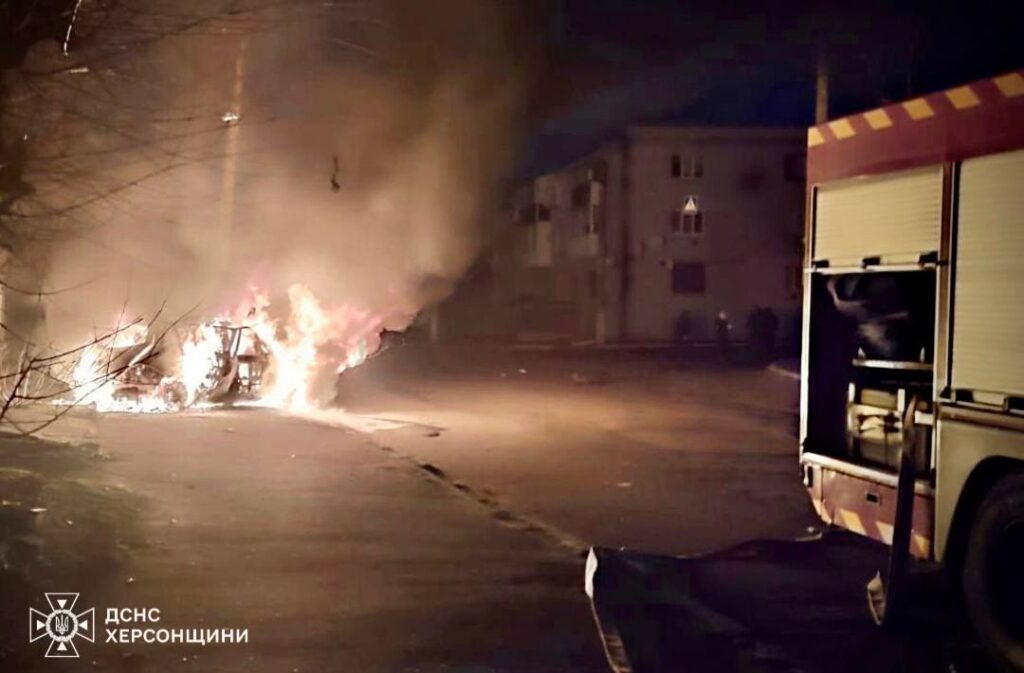
To secure territorial gains ahead of US President Donald Trump’s inauguration, potentially as leverage in peace negotiations, Russian forces are intensifying assaults on Kherson City.
Their objective is to cross the Dnipro River and establish a foothold on the Ukrainian-controlled western bank. Unprecedented artillery barrages, aerial bombings, and “human safari” drone attacks are being used to cover these efforts and spread panic—though so far, unsuccessfully.
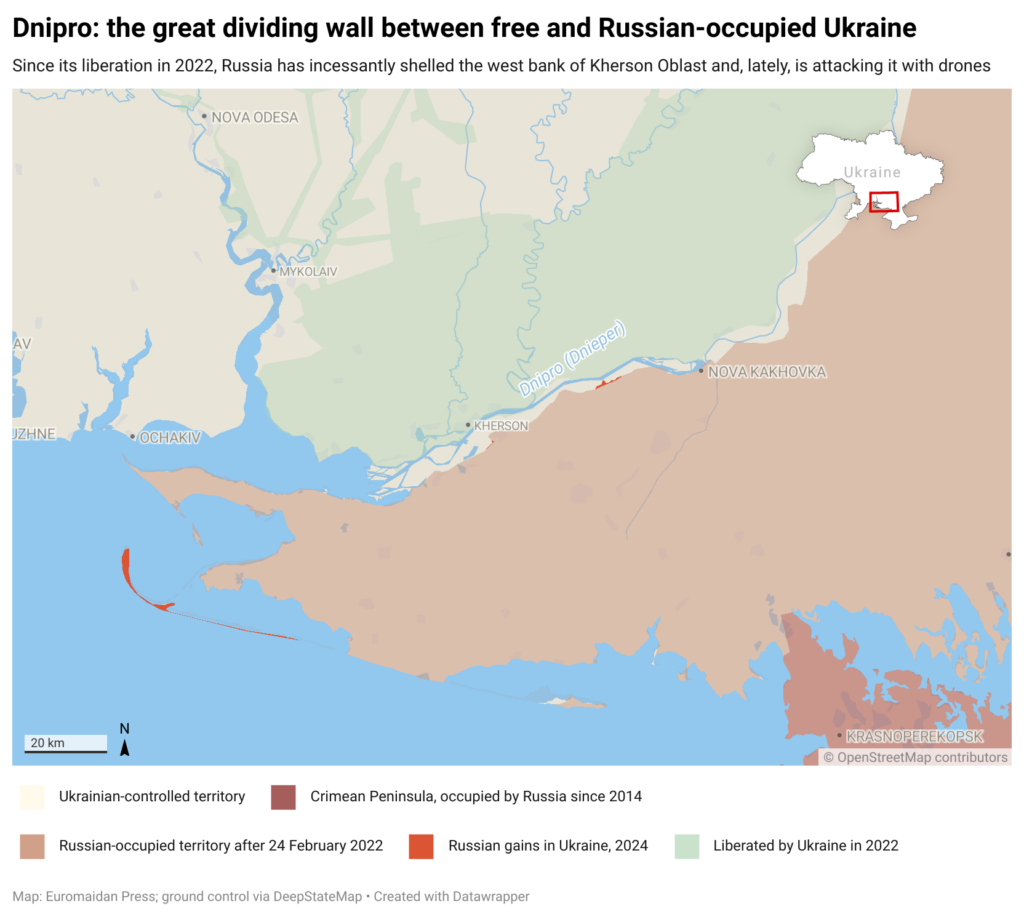
“We have not seen anything like this in almost three years”
Five days before Christmas, the residents of Kherson City woke up before dawn.
“Almost an hour of hell… The roar, earth-shaking, flashes, and horror do not stop for a moment. I write I’m alive and afraid to jinx it,” wrote a Kherson writer and artist Alyona Maliarenko in a Facebook post, hiding in the hallway. “The shelling continues. There is no light.”
Like many Khersonians, Alyona survived nine months of occupation, flood, and two years of shelling, and is used to non-stop explosions. Liberated in November 2022 after nine months of Russian occupation, the city endures daily attacks.
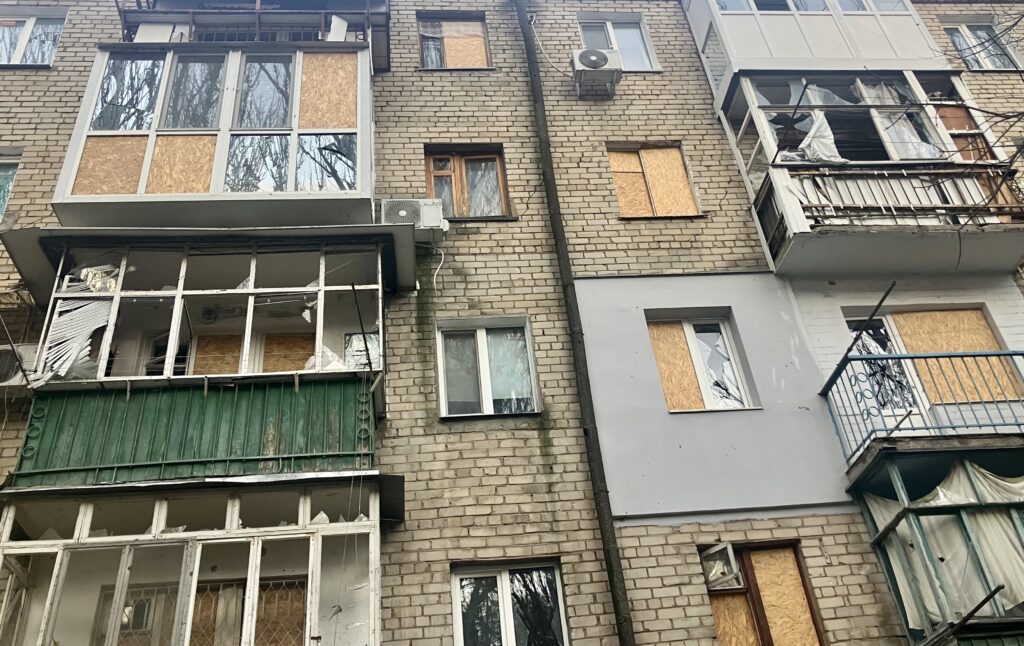
“Since the start of 2024, the Russian army has shelled the Kherson OblAST over 39,000 times, firing approximately 212,000 shells from various weapons. Russian aggression during this period killed 251 people, including one child, and injured 1,838 residents, among them 50 children,” said Oleksandr Tolokonnikov, spokesperson for the Kherson Military Administration, in an interview with Euromaidan Press.
In the summer of 2024, Kherson became the first known site of massive small drone assaults on civilians, a tactic now infamously termed “human safari.” An early Euromaidan Press investigation in August 2024 first highlighted this dystopian form of modern warfare, drawing global attention, yet efforts to halt its escalation remain inadequate.
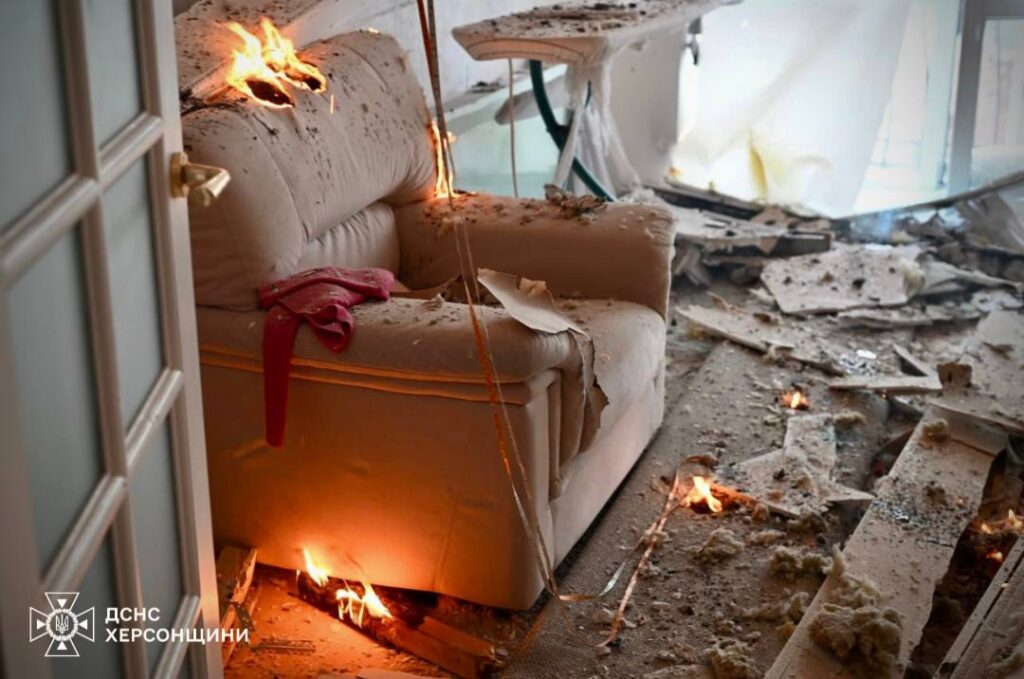
Russian drones drop anti-tank mines and incendiary napalm-like mixtures and carry out remote mining with anti-personnel mines.
“Drone attacks intensified in early August and injured over 500 residents, mostly in Kherson. Forty-five people died after being injured by explosives dropped or strikes by drones,” said Tolokonnikov.
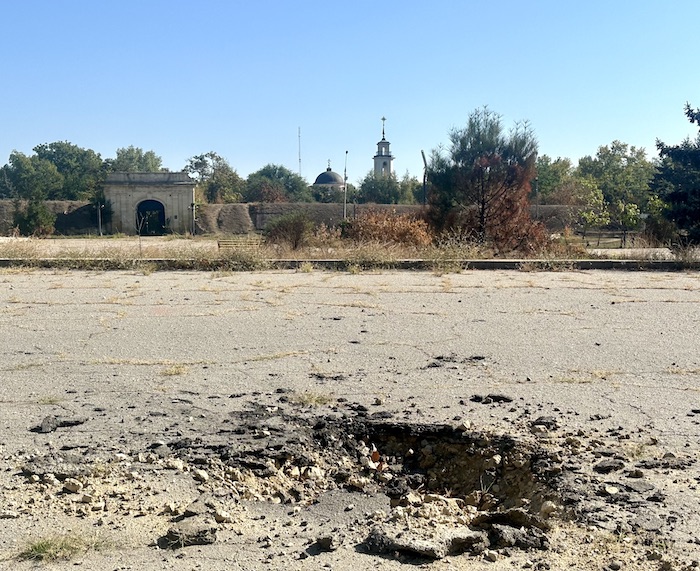
Since the beginning of 2024, the Russian military targeted the Ukrainian-controlled part of the Kherson region with 10,300 drones, with approximately 2,700 attacks per month in spring and fall, according to the Kherson military administration.
Yet, the attack unleashed on the embattled city in the wee hours of the morning on 20 December was unmatched. Russian drones, multiple launch rocket systems, mortars, and artillery attacked every neighborhood.
“We have not seen anything like this in almost three years,” said Liudmila, a resident of downtown Kherson, in an interview.
Over 1,000 shells struck residential areas and infrastructure in just 40 minutes. In a single day, 34 multi-story buildings, 29 private homes, schools, kindergartens, a railway station, an oncology hospital, power lines, vehicles, gas pipelines, garages, and outbuildings were damaged.
Three civilians were killed and 13 injured, victims ranging from 42 to 86 years old, according to the police reports.
Russian forces also dropped ten guided bombs on the region. At 21:50, two aerial guided bombs severely damaged the Oncological Hospital in the Skhidne district of Kherson. The patients and staff hid in the bomb shelter.
“It took us 25 years to build this hospital and one second to destroy,” said Iryna Sokur, the director of the Oncological Center, in an interview with Euromaidan Press. Earlier, Euromaidan Press visited the hospital and established that no military personnel was based there. Russian Telegram channels falsely claimed the hospital was a military target, providing no evidence.




